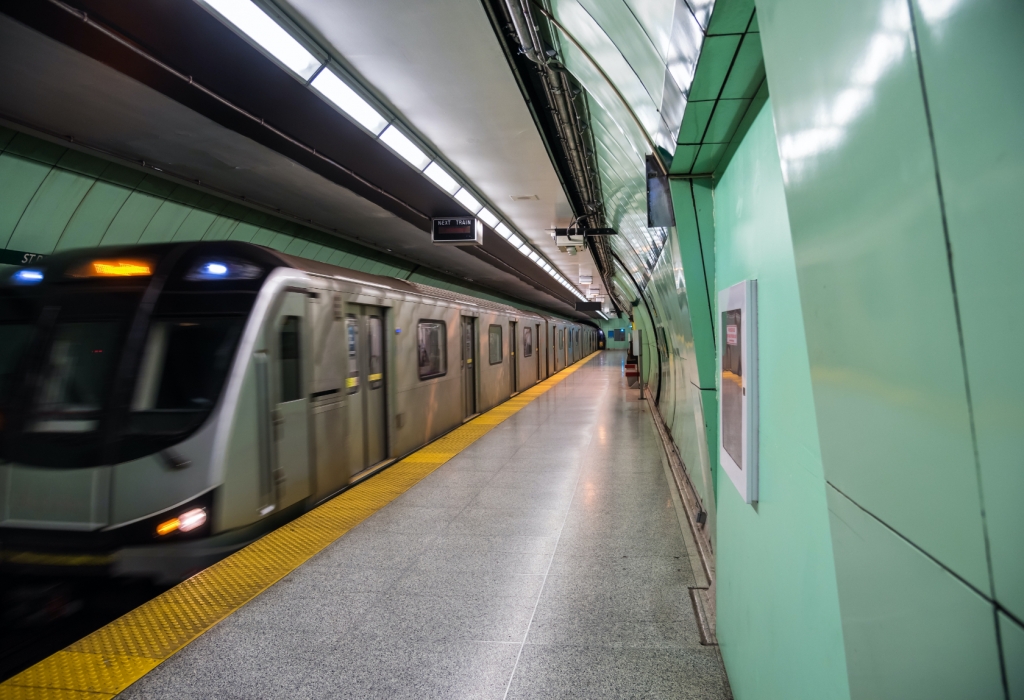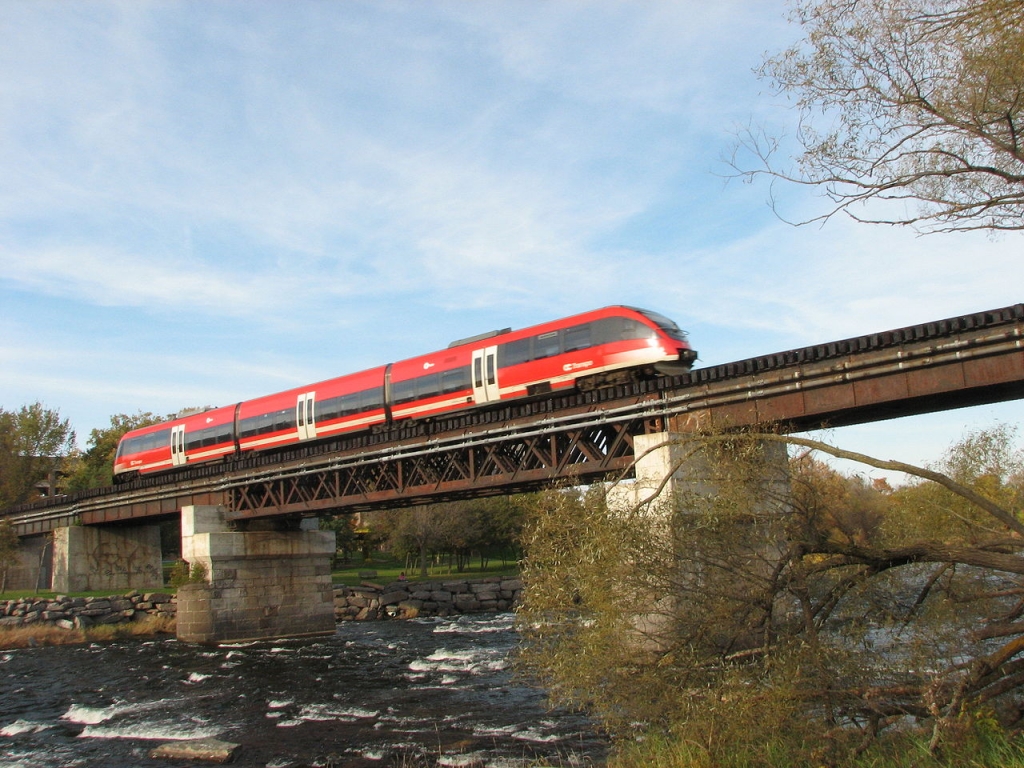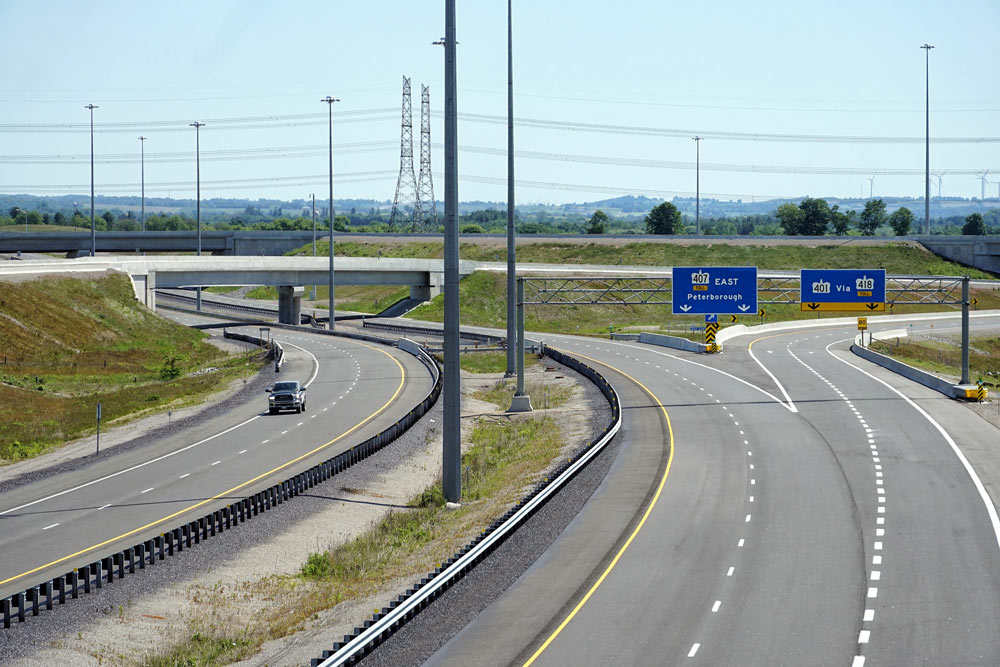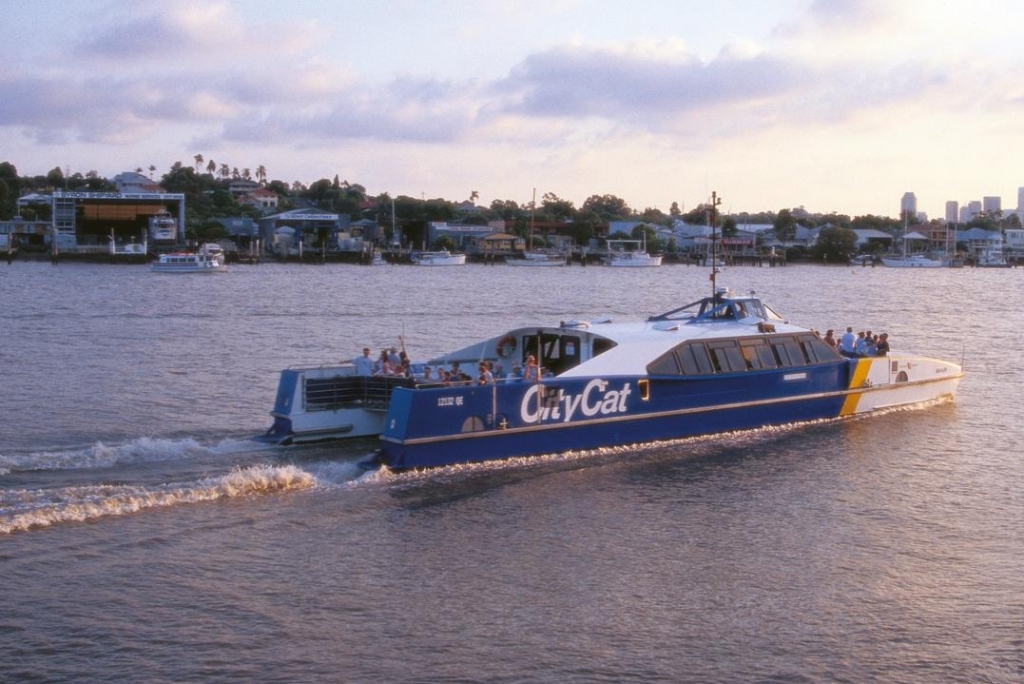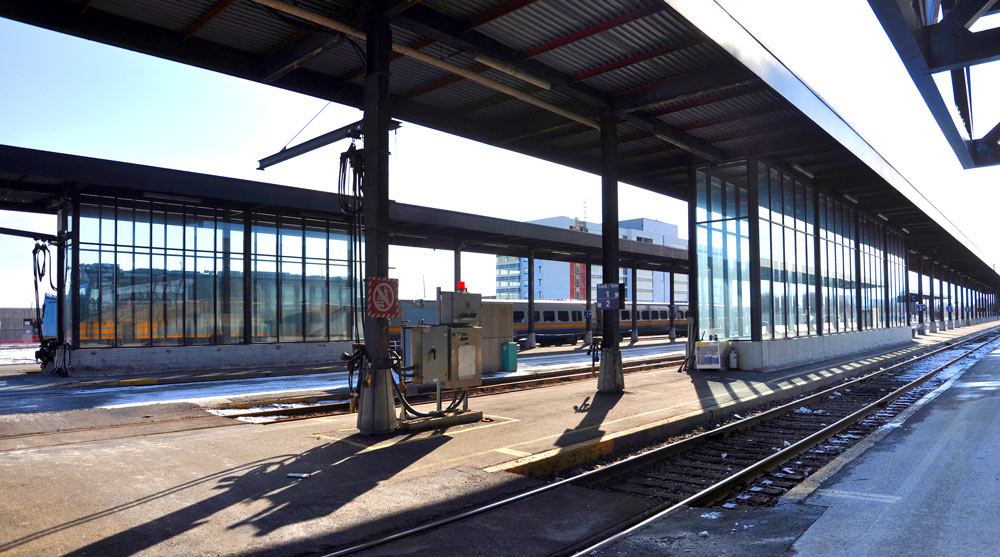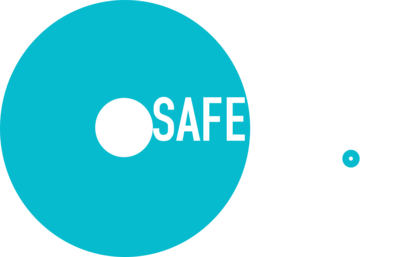There is increasing demand for fixed transit in all its forms, from heavy rail to light rail and also BRT, in an effort to reduce car congestion and emissions.
Climate change responses, sustainability, improved quality of life and economic growth are driving forces for major infrastructure investments by many governments around the world.
Transport projects are expensive, and governments have many priorities vying for a limited budget. Central, regional and local governments are missing out on significant funds created by new infrastructure. Transit projects create wealth and E-Rail International is a world leader in capturing the monetary gains arising from the increase in the value of land and property around stations. Through our methodology we help authorities leverage their budgets and thereby enable them to undertake more transport projects. E-Rail International acts solely for the public project sponsor as a consultant under a concessions contract to raise the LVC funds. This is a classic case of public and private sector participation working equitably together.
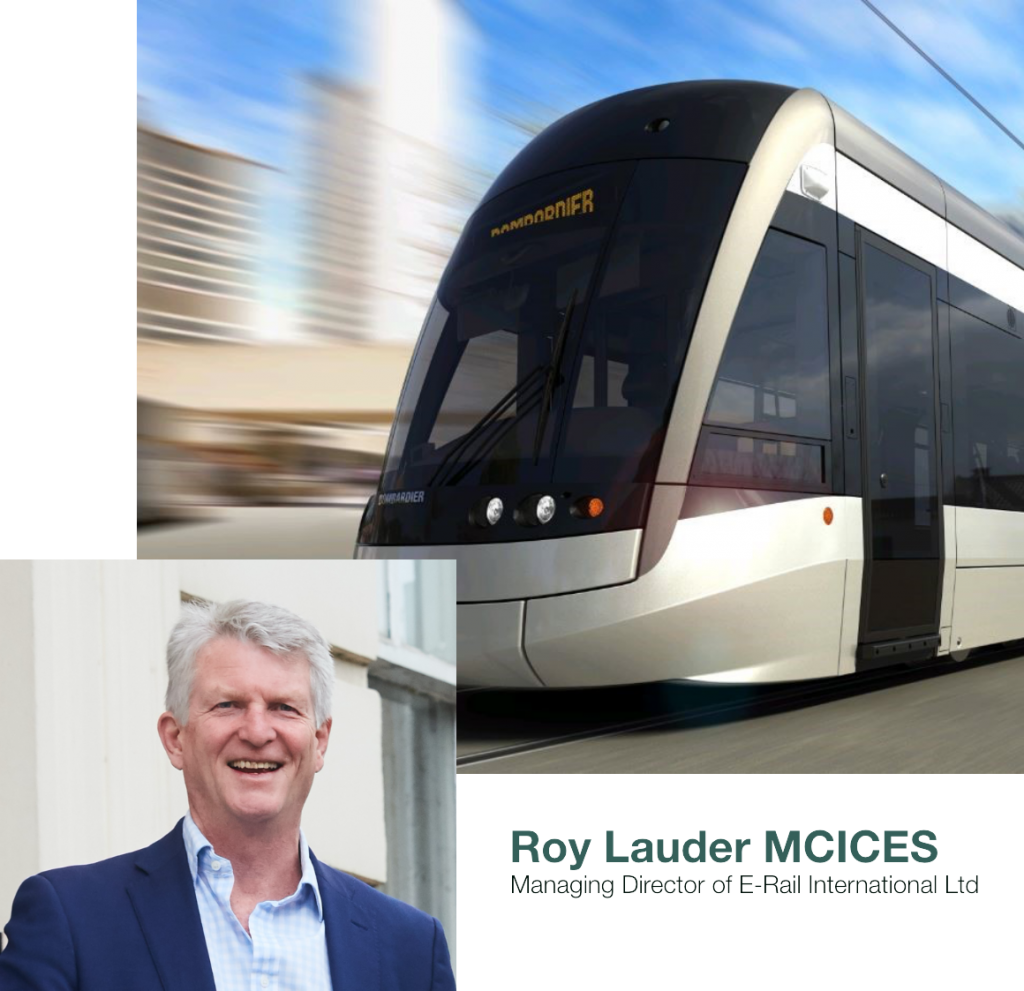
Where the right market conditions exist, it is possible to use land value capture (LVC) to great effect in paying towards the cost of transport projects.
The conditions that suit our unique E-Rail land value capture method as a funding tool include early stage financial feasibility, a shortfall in funds, a wish to elevate the project up the governmental priority list by requesting less government help or evidence of debt service ability. Help authorities pioneer with self-financed projects, given the right conditions. Importantly the earlier the process of capturing value takes place the more can be raised.
E-Rail International Case Studies
Toronto – Yonge Street Subway Extension
E-Rail was commissioned by Yorke Region Rapid Transport Corporation and Metrolinx to assess the LVC potential at five new subway stations as part of an extension of the existing Yonge street subway line. These new stations were to be at Richmond, Langstaff, Clark, Steeles and Cummer. We also studied the opportunities at Royal Orchard which […]
Ottawa – North – South LRT
The Priority Project North-South LRT line assumed 12 stations and an electrified double track from the Rideau Centre to Riverside South including a connection to the Airport. Our appointment was to report on the land value capture opportunities if the Bus transit way was to be replaced with a tram linked with the existing O […]
Toronto – Cross Town Rapid Transit
Appointed by Metrolinx to generate an analysis of the viability of this project. There were several sections to this report; Oakville to Credit via Mississauga and then Renforth and on to York. Two options were considered ; York to Scarborough via the 407 and York to Scarborough via Finch and finally via Scarborough to Pickering. […]
Australia – Queensland Transport
The Brisbane water ferry was a project where we gave advice to Queensland Transport on the potential for land value capture. Each landing would automatically create value when the service started assuming there was land in the area for development. Considerable funds could have been raised. In some cases, it was simply an increase in […]
Quebec
In Montréal E-Rail worked with the National Bank of Canada We assisted with the proposed funding of the LRT project from 10/30 in Brossard to Downtown and then to Montreal International Airport. In the end, the project was taken forward by another group.
Ottawa – East West light rail route
E-Rail was invited by Ottawa City to assess the potential for land value capture on the proposed East West light rail route starting at Kanata West and ending in Tenth Line and Innes, routing through the city centre and connecting with the Bus Rapid transit station and other transport modes. The E-Rail LVC method would […]
